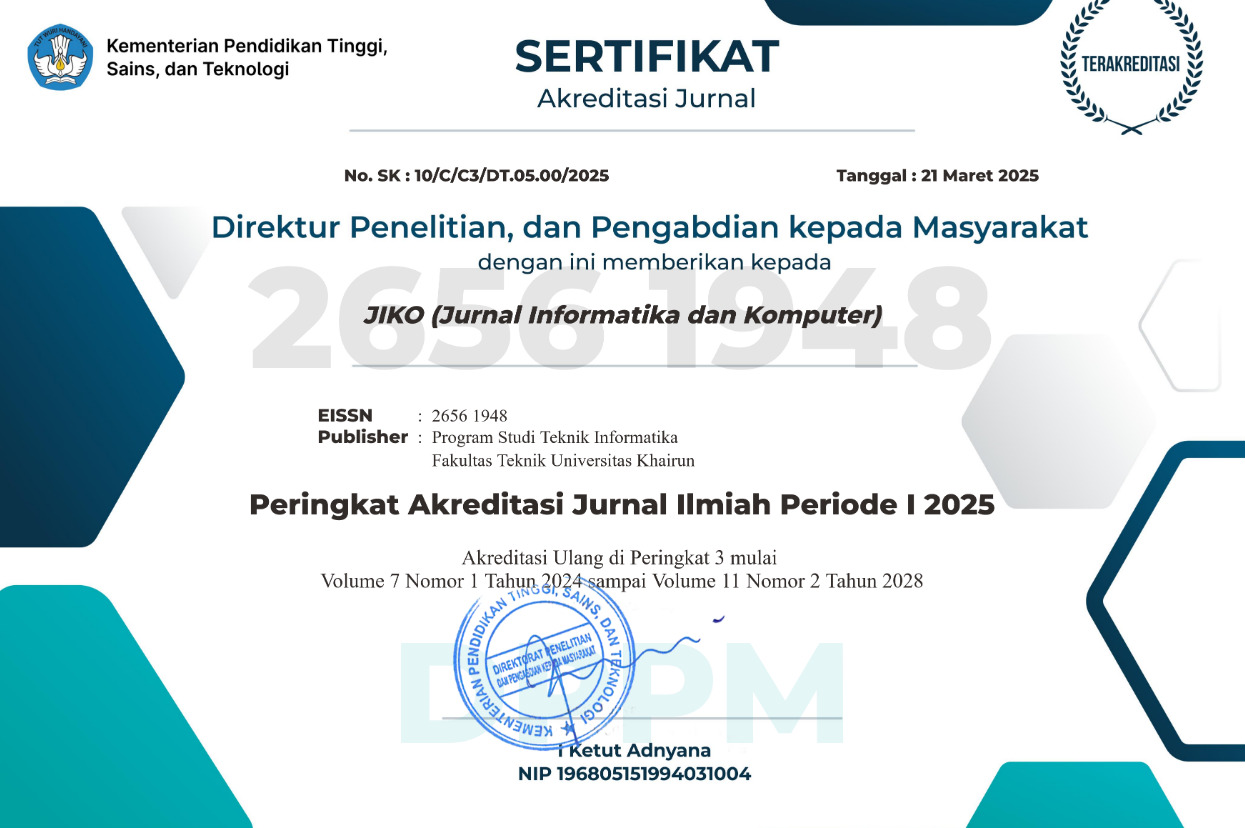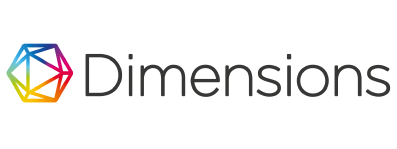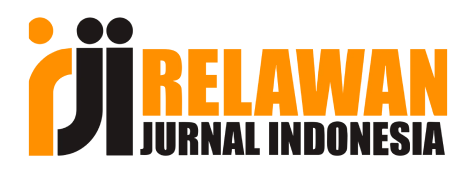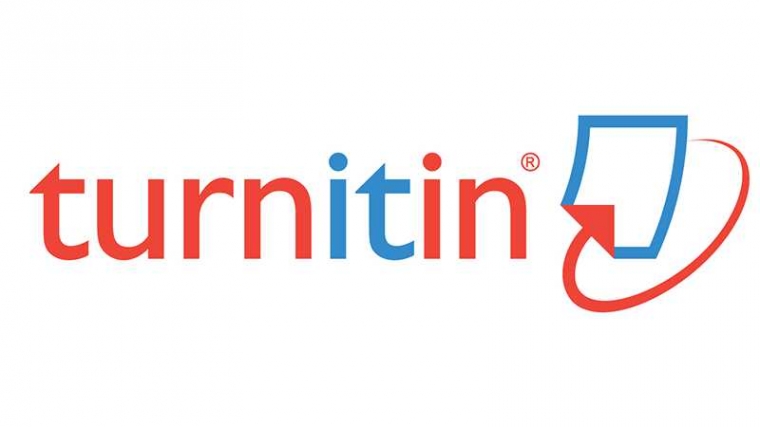1. General Principles
Academic integrity and originality are paramount. The use of GenAI should support, rather than replace, human critical thinking, analysis, and scientific writing. Human authors remain fully responsible for the accuracy, validity, and ethics of all submitted or published content.
2. Guidelines for Authors
Authors may use GenAI tools to improve the readability and language of their work. However, these tools must not be used to generate substantial scientific content, such as research results, data analysis, or conclusions.
- Mandatory Attribution and Transparency: Authors must explicitly declare their use of GenAI in the submitted manuscript. This declaration must include the name of the tool used and the specific purpose of its use (e.g., for grammar checking or paraphrasing). This statement should be placed in the "Acknowledgements" section or in a dedicated section titled "Declaration of Use of Generative AI."
- Prohibition of AI Authorship: GenAI tools cannot be listed as authors or co-authors. Only humans can hold authorship rights and assume full responsibility for the manuscript's content.
- Full Author Responsibility: Authors are solely responsible for verifying the accuracy of facts, citations, and references generated by AI tools, as these tools are prone to generating erroneous information (hallucinations).
- Data Confidentiality: Authors must not input confidential, sensitive, or unpublished data into public GenAI tools, as the confidentiality and ownership of data processed by third-party providers cannot be guaranteed
3. Guidelines for Editors and Editorial Staff
Editors and editorial staff may use AI tools to streamline their workflows, provided that the confidentiality and integrity of the peer-review process are maintained.
- Manuscript Confidentiality: Do not use GenAI tools to process manuscripts (e.g., for summarizing, editing, or plagiarism checking) if the manuscript contains confidential or unpublished information, unless the tool is a secure, in-house solution that guarantees data privacy.
- Plagiarism and AI Content Detection: Editors may use AI-based detection software as a diagnostic aid. However, final decisions regarding manuscripts must be based on careful human judgment and verification.
- Decision Transparency: Editorial decisions must not be fully automated or made solely by AI. Human editors must be involved at every stage of the decision-making process.
4. Guidelines for Peer Reviewers
The integrity and confidentiality of the peer review process are critical.
- Prohibition on Manuscript Sharing: Reviewers are strictly prohibited from inputting any part of the manuscript under review into GenAI tools. Manuscripts are confidential documents; uploading them to third-party AI platforms constitutes a violation of confidentiality and peer review ethics.
- Independent Evaluation: Reviewers must independently evaluate manuscripts based on their own expertise. They should not rely on GenAI to summarize the paper or assess the substance of the research.
Closing Statement
This policy aims to foster a fair and transparent publication environment that upholds high standards of scientific integrity. Journals are encouraged to adopt and adapt guidelines from publication ethics organizations such as COPE (Committee on Publication Ethics).











